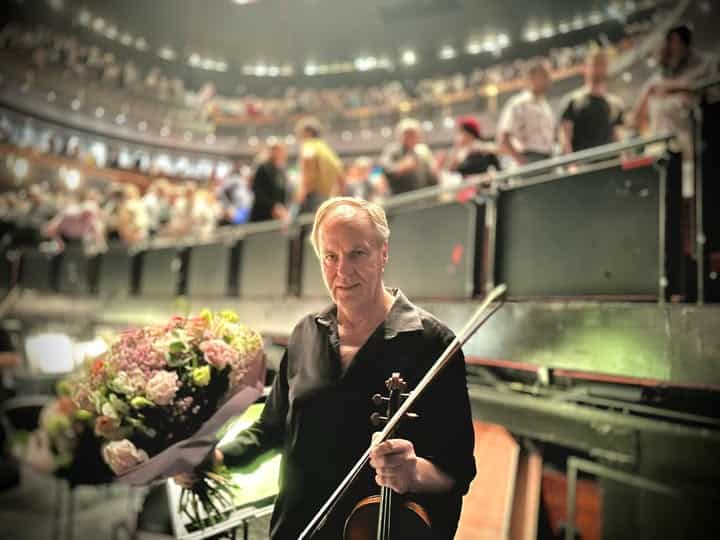Leading artists who were not reviewed in the NY Times this week
mainLike most other newspapers, the New York Times is pulling back from reviewing classical concerts.
A concerned reader informs us that no reviews have appeared for:
Benjamin Grosvenor
Paul Lewis
Swedish Chamber Orchestra
Tetzlaff Quartet
A quick online check reveals that some were mentioned in the art section’s weekly preview, but that’s it. No reviews. The paper’s old claim to cover the musical waterfront is, it appears, being allowed to fade out.

It’s no fun at all for an international orchestra to fly to New York and fly back home unnoticed.





Comments